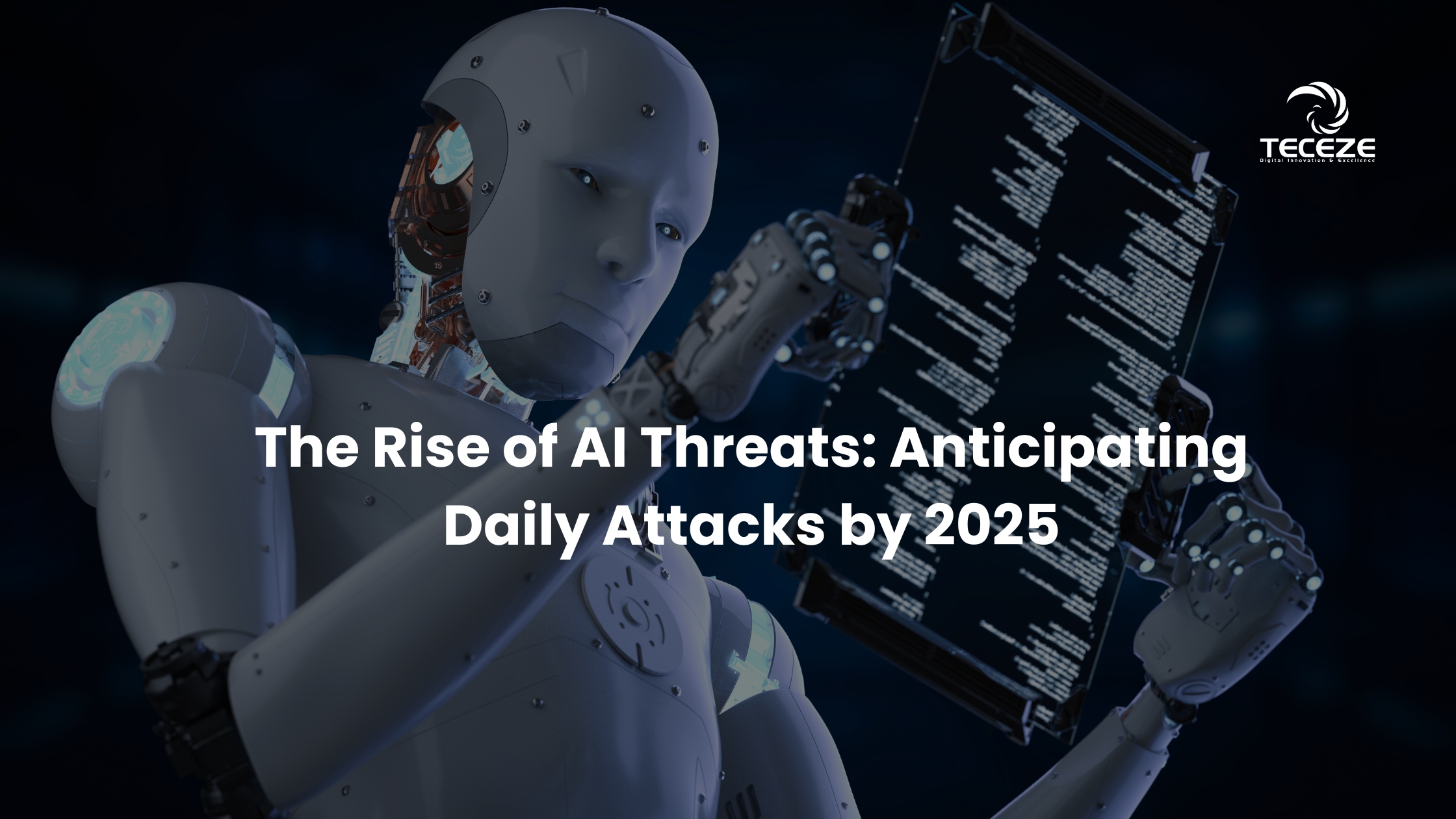The Rise of AI Threats: Anticipating Daily Attacks by 2025
Table of Contents
Rise of Artificial intelligence Threat Anticipation Attacks
The emergence of artificial intelligence (AI) as both a solution and a threat is reshaping the way organizations approach digital defense. Recent forecasts suggest a significant paradigm shift on the horizon: a staggering 93% of security leaders anticipate daily AI attacks by 2025. This projection not only underscores the growing sophistication of cyber threats but also underscores the urgent need for proactive measures to counteract these evolving risks.
The Inevitability of AI-Powered Attacks
As AI technologies become more accessible and advanced, cybercriminals are leveraging these tools to orchestrate increasingly sophisticated attacks. Machine learning algorithms enable attackers to automate tasks, identify vulnerabilities, and adapt their tactics in real time, making traditional defense mechanisms obsolete. From phishing scams to data breaches, AI-driven attacks have the potential to infiltrate networks, compromise sensitive information, and inflict widespread damage with unprecedented efficiency.
The Changing Face of Cybersecurity
In response to the escalating threat landscape, cybersecurity professionals are tasked with navigating uncharted territory. Traditional cybersecurity approaches, while still essential, must be augmented with AI-powered solutions to effectively combat emerging threats. By harnessing the predictive capabilities of AI, organizations can proactively identify vulnerabilities, detect anomalies, and mitigate risks before they escalate into full-blown attacks.
The Role of Collaboration and Innovation
Addressing the looming specter of daily AI attacks requires a concerted effort across industries and disciplines. Collaboration between cybersecurity experts, AI researchers, and policymakers is essential to develop robust defense strategies and regulatory frameworks that safeguard against malicious AI use. Furthermore, ongoing innovation is paramount to stay one step ahead of cybercriminals. By continuously refining AI algorithms, enhancing threat intelligence capabilities, and fostering a culture of cybersecurity awareness, organizations can bolster their defenses in the face of evolving threats.
The Imperative of Cybersecurity Resilience
As the frequency and sophistication of AI attacks continue to escalate, cybersecurity resilience emerges as a critical imperative for organizations of all sizes. Beyond implementing robust defense mechanisms, resilience entails fostering a proactive security mindset, cultivating a culture of accountability, and investing in comprehensive incident response protocols. By prioritizing resilience, organizations can minimize the impact of cyber threats, swiftly recover from security breaches, and adapt to evolving threat landscapes with agility and efficacy.
Conclusion
The prospect of daily AI attacks by 2025 serves as a stark reminder of the evolving nature of cybersecurity threats and the imperative of proactive defense strategies. As organizations brace for the challenges ahead, collaboration, innovation, and resilience will be essential pillars in the ongoing battle against cybercrime. By harnessing the power of AI for defensive purposes, fostering cross-sector partnerships, and cultivating a culture of cybersecurity resilience, we can navigate the digital landscape with confidence and mitigate the risks posed by AI-driven threats. In the face of adversity, vigilance, adaptability, and collaboration will be our greatest assets in safeguarding the integrity of digital ecosystems worldwide.
 Back to Insights
Back to Insights
 Previous
Previous 